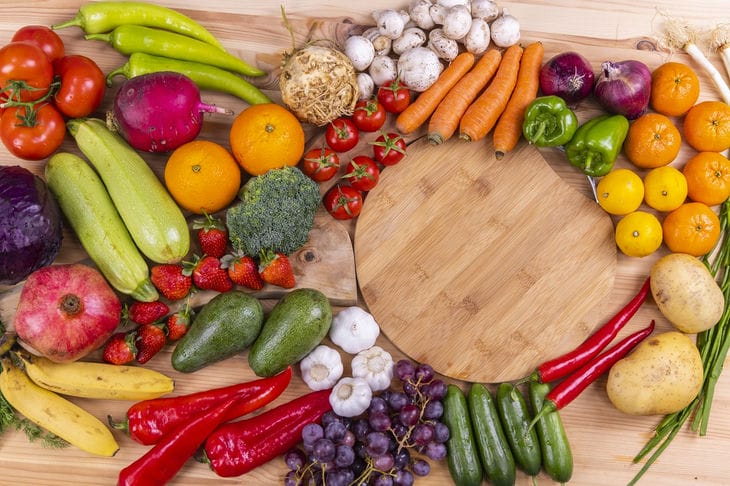Nutritionist explains what healthy eating is
The key to healthy eating is consuming enough calories based on your gender, age and physical activity. Moderation, variety and balance are important.
Scientific data on nutrition are the result of large-scale research and are published on the websites of international authoritative organizations in the field of nutrition and medicine in the form of clinical recommendations and national guidelines.
Nutritionist Vladlena Kukavitsa explained what healthy eating is.
There is no such thing as harmful food. Industrially processed food (sausages, desserts, chips) should not exceed 20% of the daily diet.
It is worth limiting added sugar, fatty, salty foods and alcohol. The basis of a healthy diet is minimally processed foods from 5 main groups:

1. Complex carbohydrates (cereals, potatoes, bread, pasta)
2. Fruit and vegetable (vegetables, fruits, berries and greens)
3. Dairy (milk, cottage cheese, yogurt)
4. Protein (fish, meat, eggs)
5. Fats (oils, nuts, cheeses)
A balanced diet consists of up to 50% carbohydrates, up to 30% fats, up to 30% proteins and sufficient drinking water.
Previously, we talked about how to avoid gaining weight again after a diet.
